A slam latch is a device that provides the secure closing of cabinets, drawers, and doors. Slam latches are spring-activated and they allow for the fastening of their mechanism without the need for manually selecting it every time. These devices are ideal for sliding doors and utility boxes. Since they are mostly very rugged, they are very suitable for use in a wide variety of settings and applications. Read More…
Hardware Mfg. supplies stock inventory parts in addition to creating custom components for OEM and resellers. We work with a number of different industries such as agriculture, drug tablet, livestock, truck equipment, conveyors, and more.
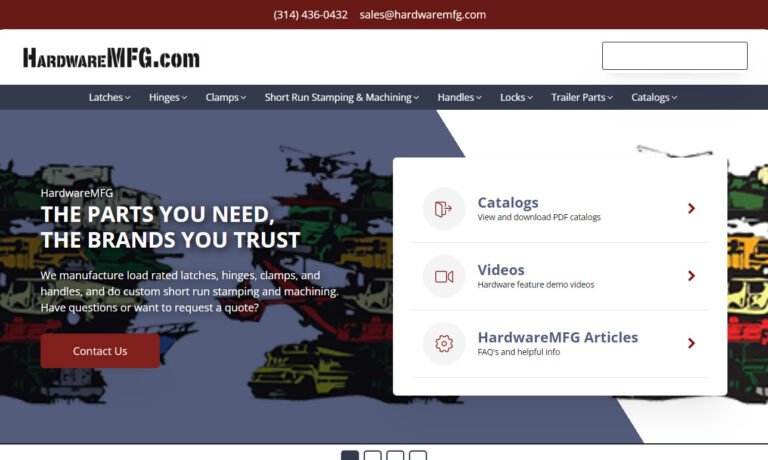
Elesa offers a wide range of industrial hinges including plastic hinges, stainless steel hinges, and aluminum hinges. There are also various types of fixing, rotation angles, and load capacities. The plastic hinges technical data sheets show punctual values of resistance to aid in the selection of the right model and size. The production materials available: technopolymer, SUPER-technopolymer,...
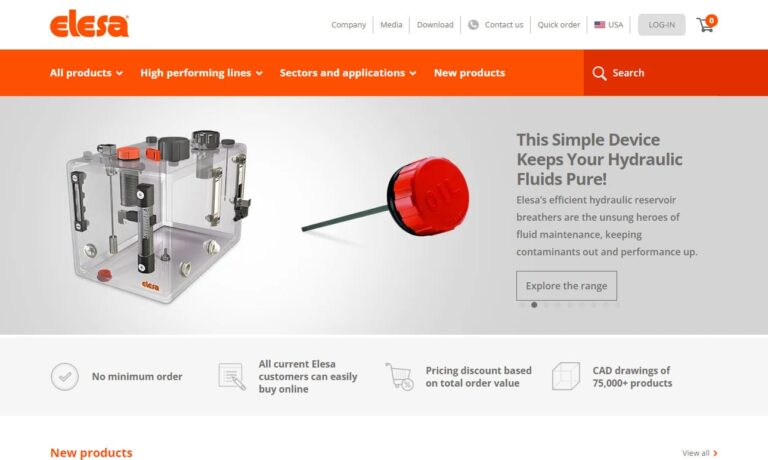
At PROTEX® we offer light to heavy-duty fasteners, handles, flush latches, case fittings, bandclamps, catch plates and more. We manufacture a large range of over centre fasteners often known as draw latches/toggle clamps/catches/over centre toggle fasteners.
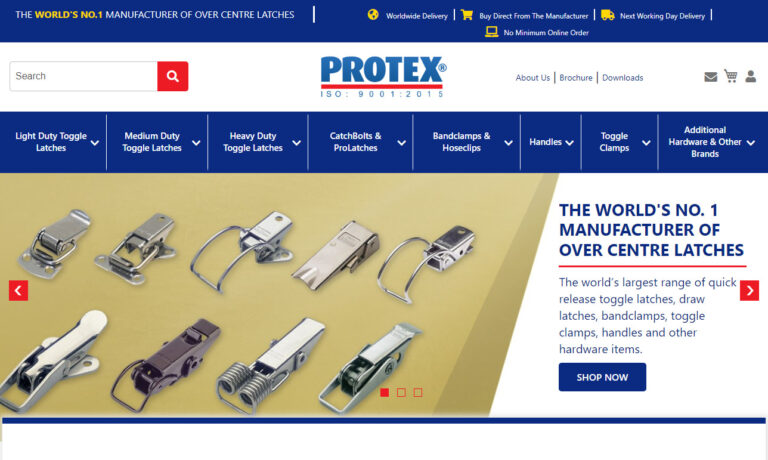
At Nielsen Engineered Hardware Solutions, we specialize in designing and manufacturing high-quality latches tailored to meet the diverse needs of our customers. With a commitment to innovation and reliability, we work closely with our clients to deliver solutions that enhance functionality and performance across a wide range of industries. Whether you need a standard latch or a custom-engineered...

More Slam Latch Manufacturers
In industries where secure closures are closely associated with safety, like construction, transportation, and aerospace, slam latches are critical devices. Slam latches are exceptionally durable and they allow high-frequency usage where continued performance is essential, including heavy-duty areas. As compared to standard spring latches, slam latches can be opened and closed more frequently without bringing the risk of damage to the mechanism.
The Working Principle of a Slam Latch
Slam latches are spring-loaded latches that make use of a spring that is specifically designed for tactile resistance. In their construction, there is an enclosed spring mechanism that has a sliding pin pushed by the spring. There is also a separate component containing a curve or a notch.
The pin or the notch is curved in such a manner to allow for the sliding of the pin in only one direction. The pin uses the curved side to press against the notch when the panel door is pushed or slammed. This allows the door to glide over. When the panel door is in place, the spring pushes the pin out, and the pin and the notch angle prevent the pin from retracting, thus securing the door.
Slam latches usually consist of some kind of a lever or knob that recoils the spring. This allows for the removal of the pin and the opening of the door. There are different types of slam latches including the quarter-turn slam latch that can be operated by rotating the lever at a right angle.
Types of Slam Latches
The different types of slam latches include:
Single-Point
This type of slam latch has the simplest design. The latch housing encases the pin, and it has an actuation knob on one side that allows the latch to operate. This type of slam latch is considered a non-locking compact latch which are the easiest to operate and install.

Multi-Point
Multi-point slam latches have an operation that is similar to that of single-point slam latches but consist of several slam bolts instead of one. Their installation is a bit more complicated as compared to their single-point counterparts, but they offer greater protection. The mechanism of the actuation is usually in the form of a turning knob or a T-handle.
Push-Button
The mechanism of this variety of slam latch is also the same as a single-point slam latch. They are actuated by a push button that serves to retract the safety pin in order to allow quick access. The safety pins on push-button slam latches are curved, thus facilitating closure by slamming the door. On these latches, there are single-hole installs such as cam latches which require only simple tools and little time to install. These slam latches are also suitable for a variety of panel thicknesses.
Slam Bolt
This type of slam latch is also called a finger-pull latch. They also have a mechanism that is similar to that of a single-point slam latch and they require no force for securing the door, but their operation has to be done manually to allow the door to open. This type of latch is most commonly used for securing non-locking doors, but their operation can be done from one side.
Rotary
This type of latch is the most diverse type. This type of latch typically has a single-hole install design on the doors rather than the panels. They can be installed on any door thickness that does not exceed the overall length of the slam latch. However, this latch differs in its operation. These are key-locking slam latches that are usually opened using a key.
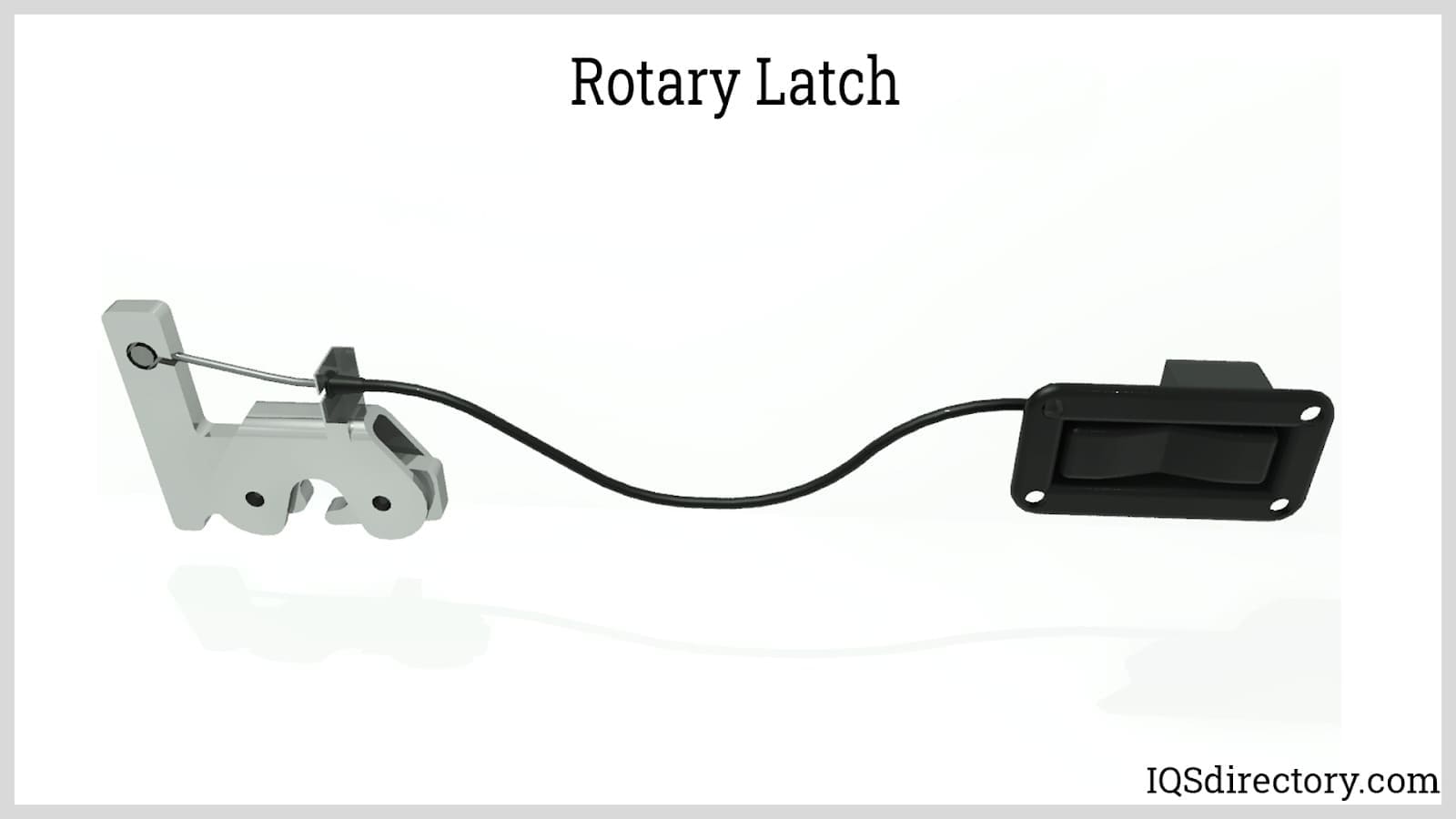
Non-locking door slam latches, however, usually have a surface mount and weld-on components that are composed of two parts which are the bolt and the locking elements. Rotary slam latches are most commonly used in different areas such as storage units or refrigeration chambers.
Paddle Latch
This variety of slam latch is similar to other surface-mounted latches. They are also called flush pull latches. Their operation is based on the paddle that retracts the pin from the locking element. They are exclusively two-part components that consist of integrated stops for the self-closing door. The mounting of this type of slam latch is mostly done using threaded fasteners. They can also be built in as flush-mount components into sliding doors, as well as side panels.
Applications of Slam Latches
- They are utilized in refrigeration and cabinet hardware.
- Slam latches are used on drawers.
- They are used for securing doors like emergency exits.
- They can also be used for securing utility boxes.
Benefits of Slam Latches
- They are easy to operate.
- Slam latches are capable of closing on their own, unlike draw latches that are secured and opened by a lever.
- Slam latches do not require any physical force for closing.
- Their mounting can be done on sliding doors as well as hinged self-closing doors. This will eliminate the need to physically move the door in order to close.
- Slam latches reduce noise as well as vibration.
Choosing the Right Slam Latch Supplier
To ensure the most beneficial outcome when purchasing slam latches from a slam latch supplier, it is important to compare several companies using our directory of slam latch suppliers. Each slam latch supplier has a business profile page highlighting their areas of experience and capabilities, along with a contact form to directly communicate with the supplier for more information or request a quote. Review each slam latch business website using our patented website previewer to quickly learn what each business specializes in. Then, use our simple RFQ form to contact multiple slam latch companies with the same form.


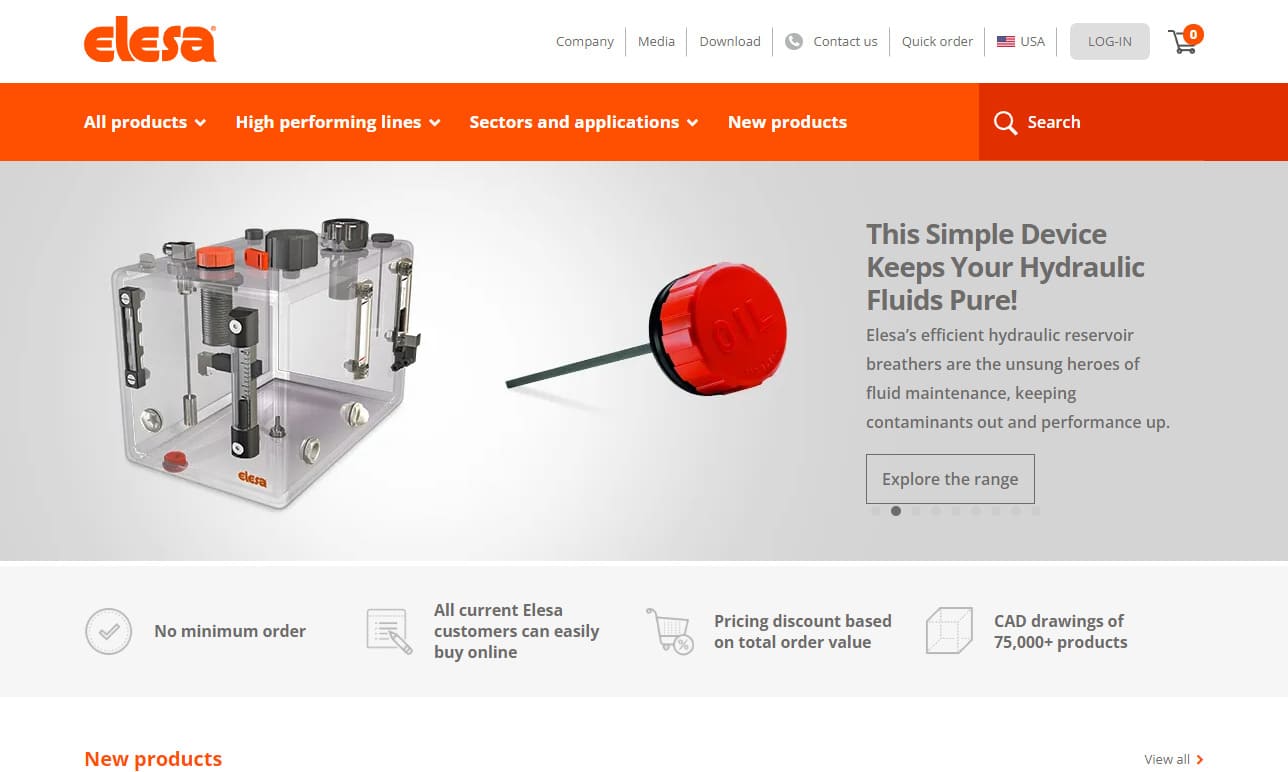


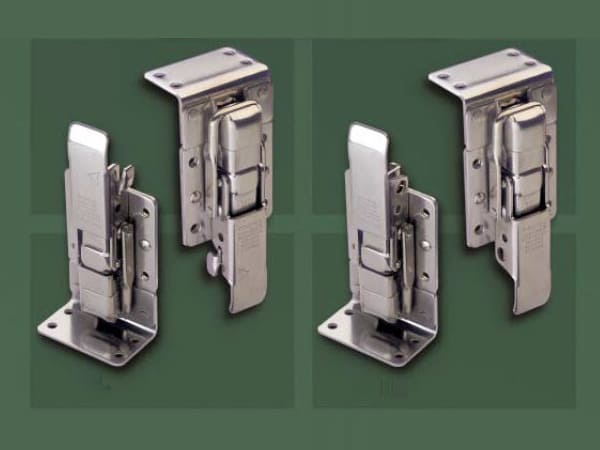
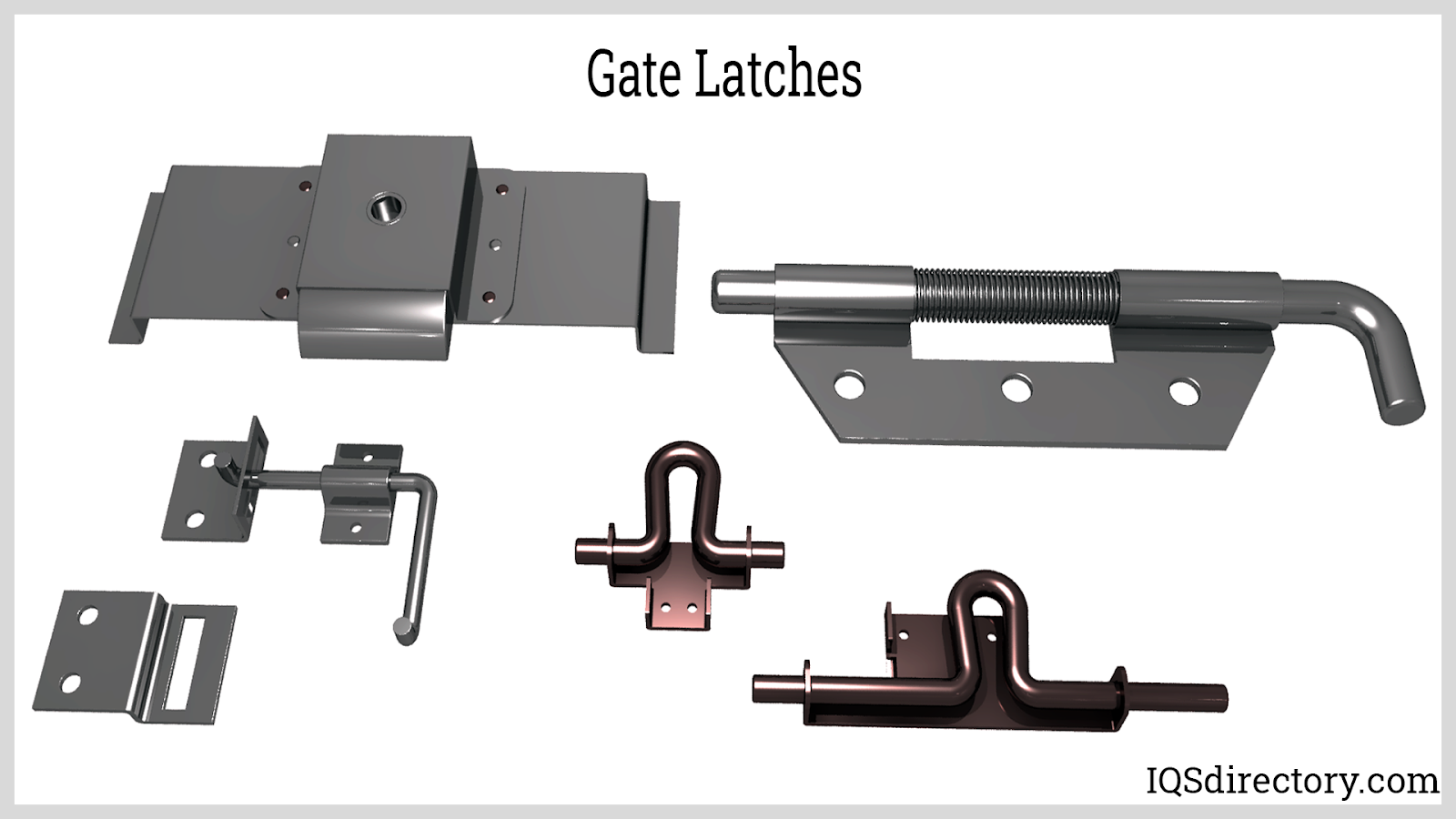
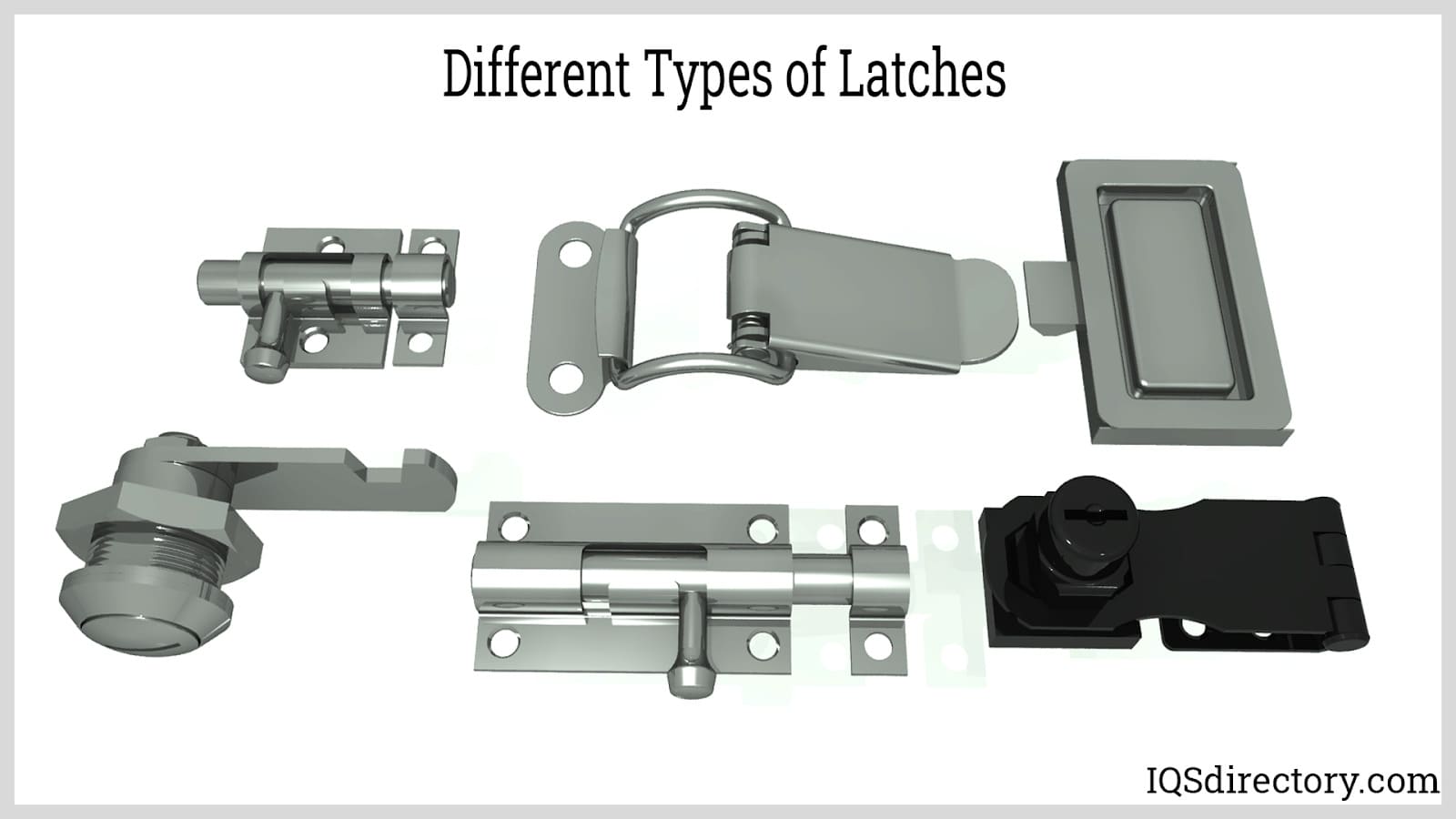
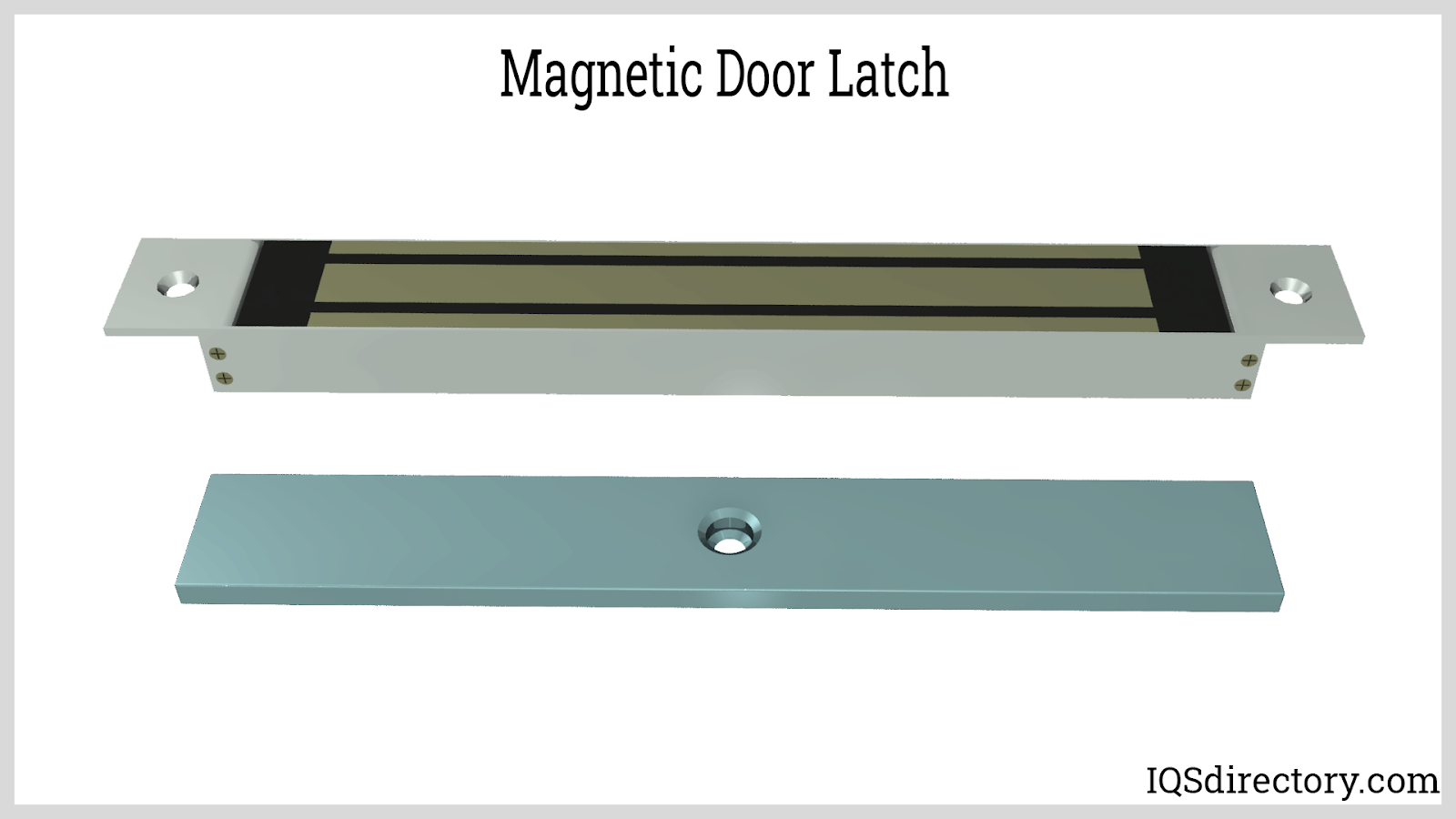
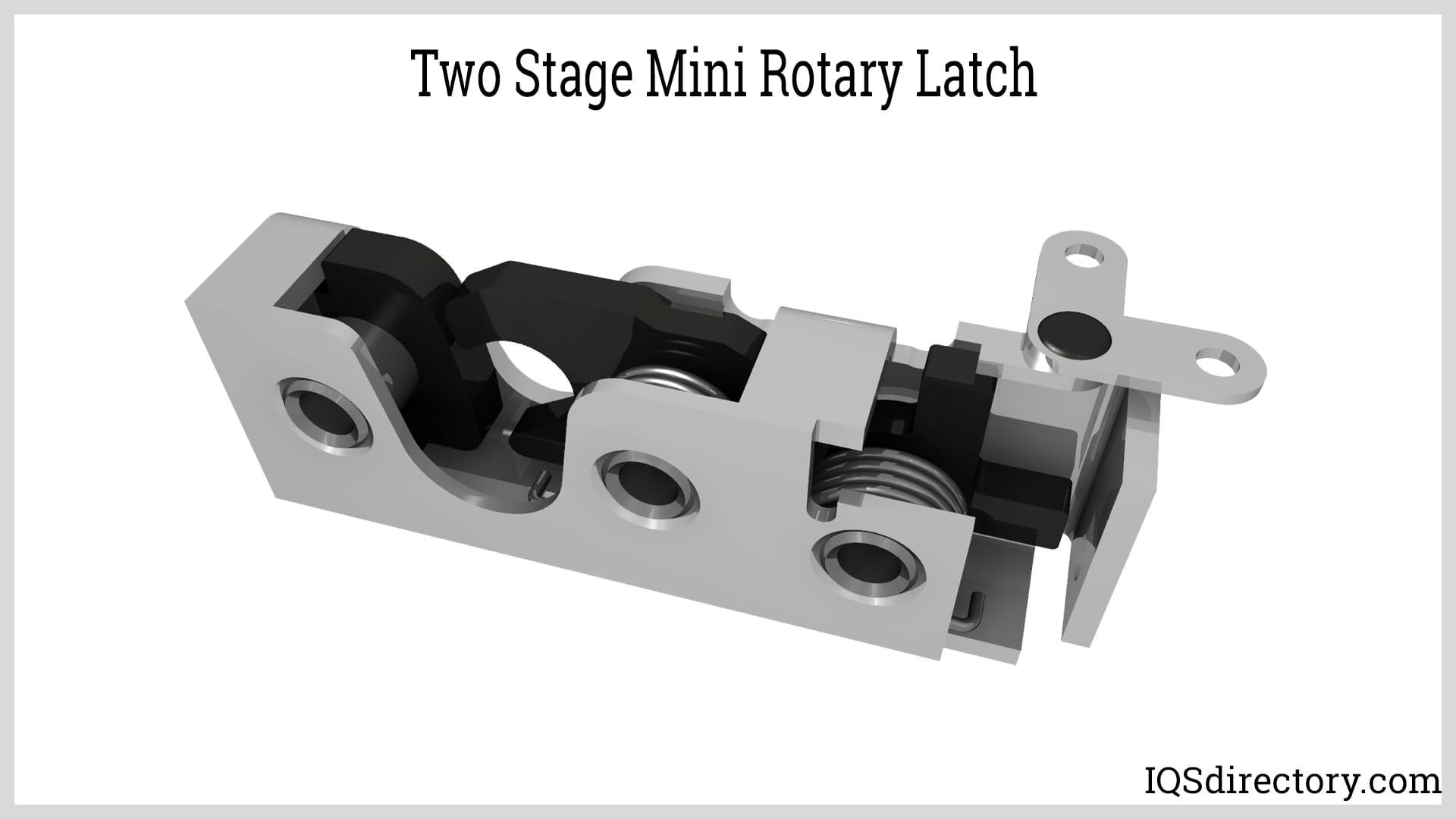
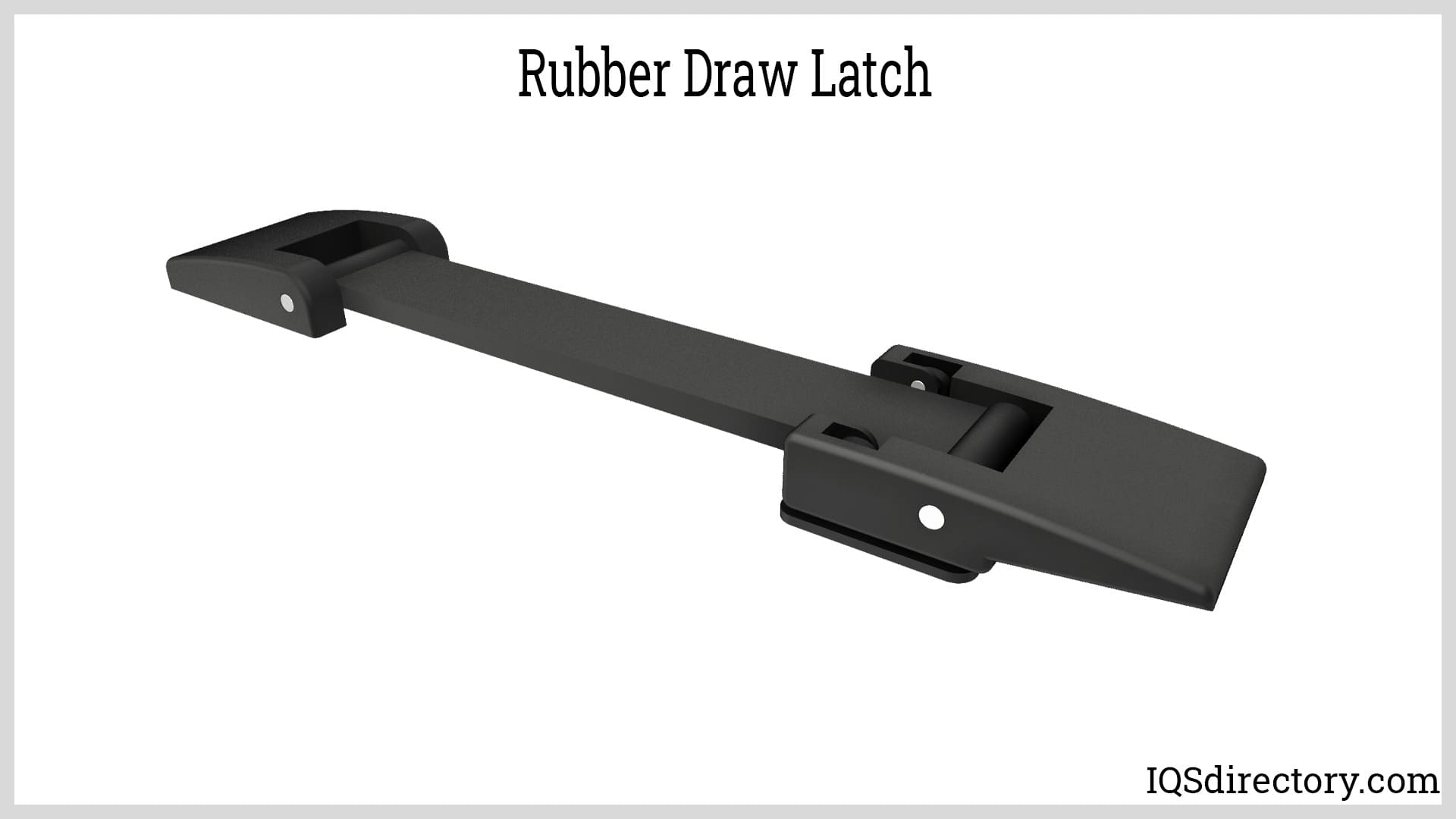
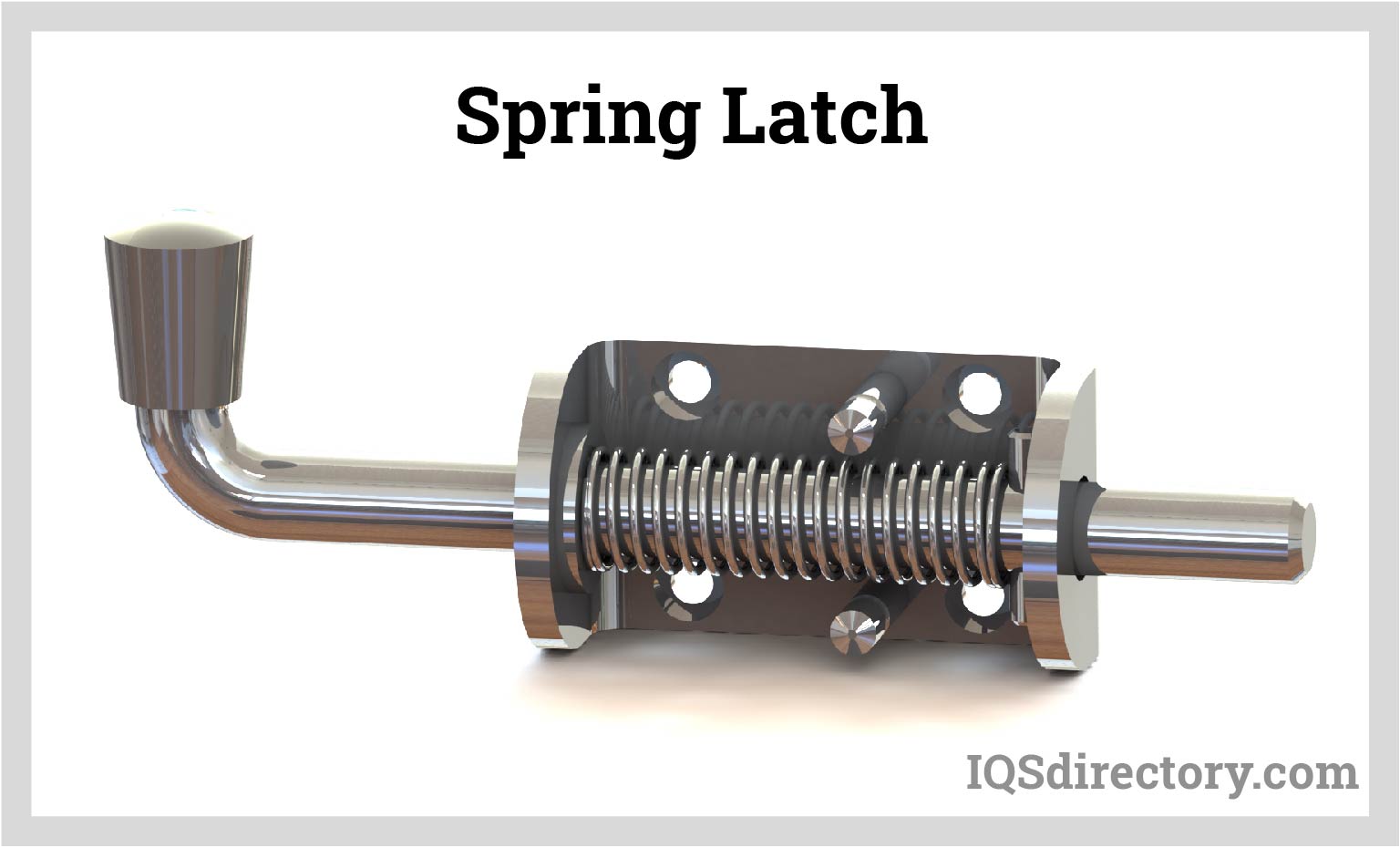
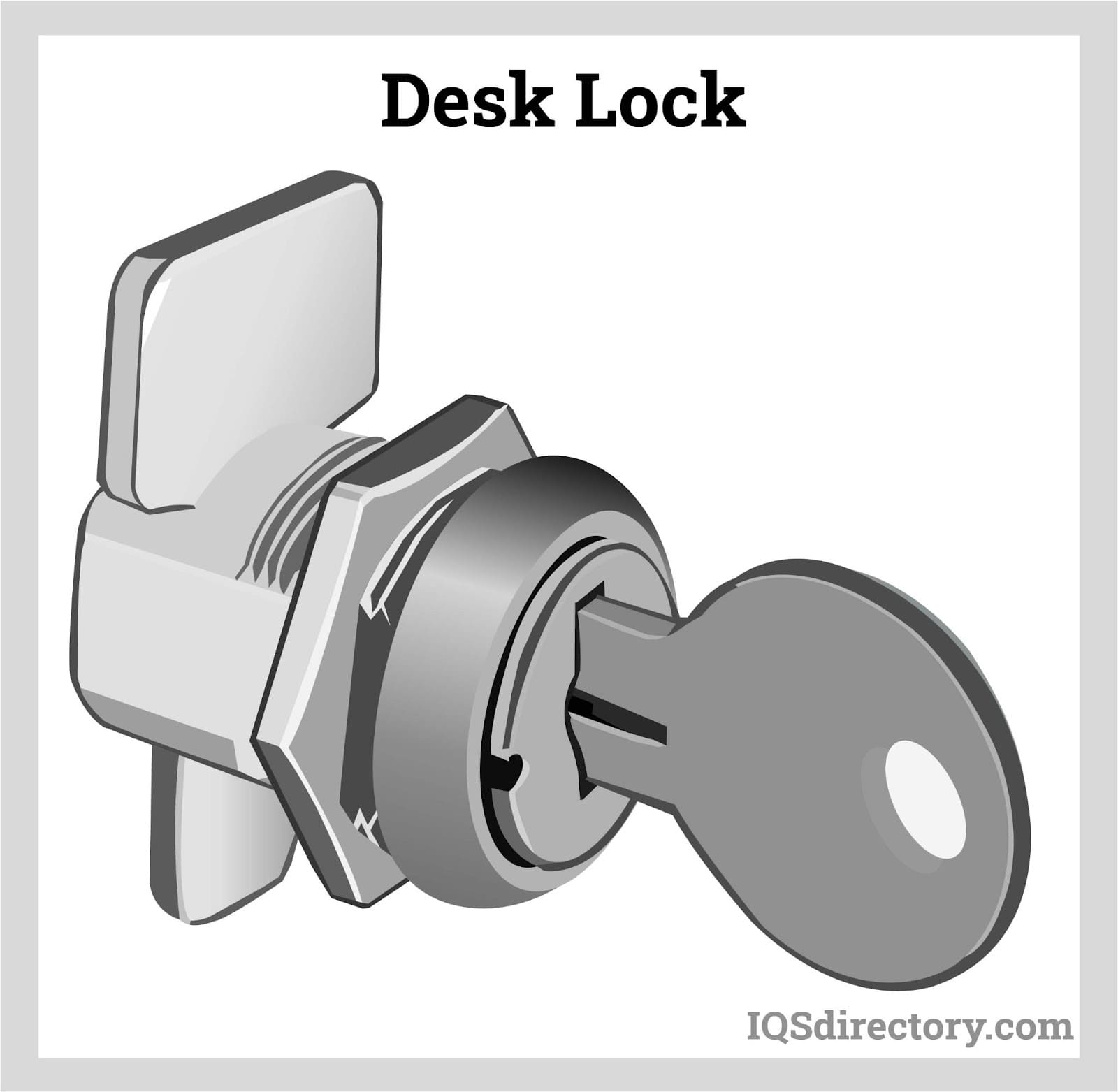
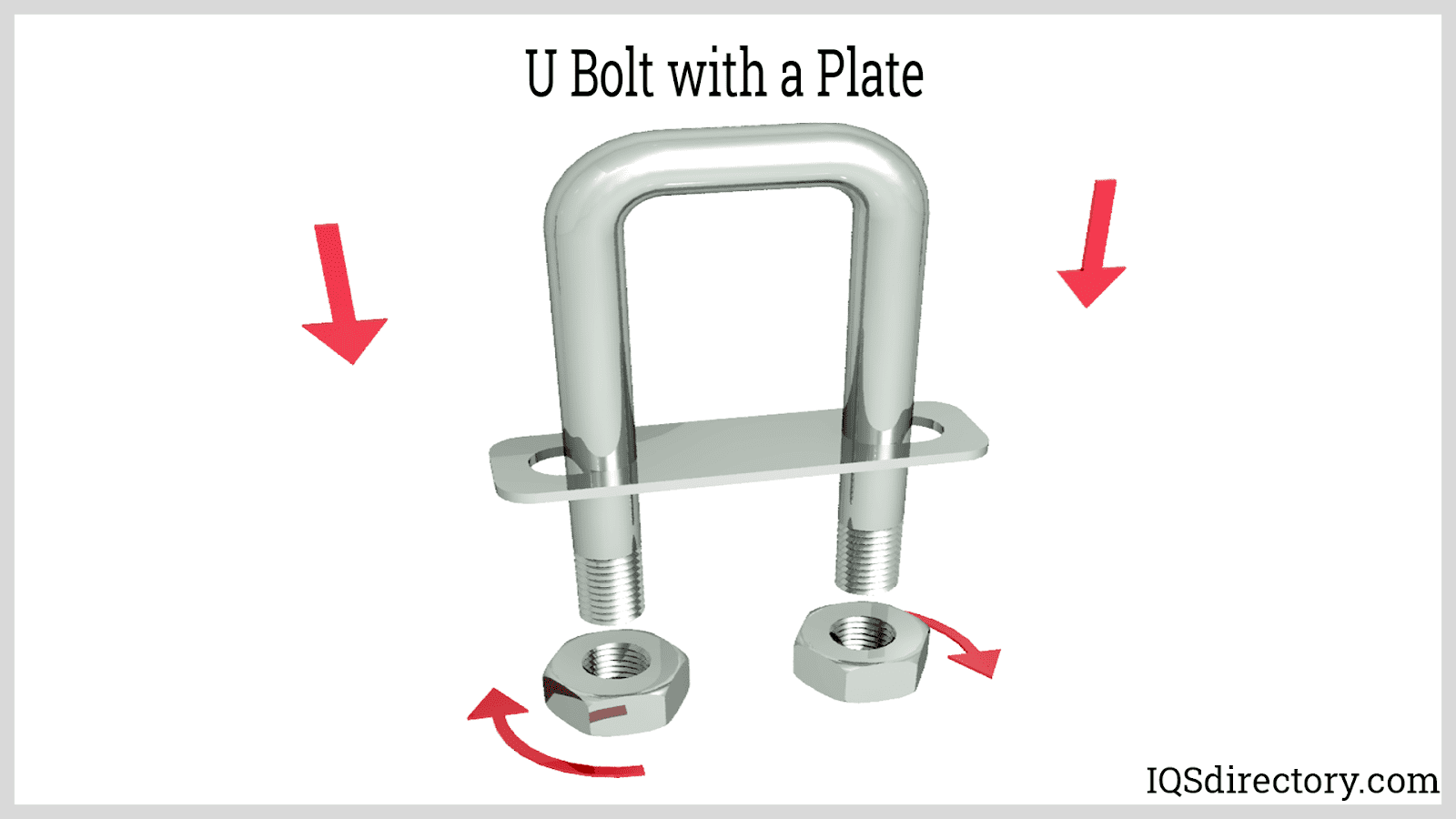
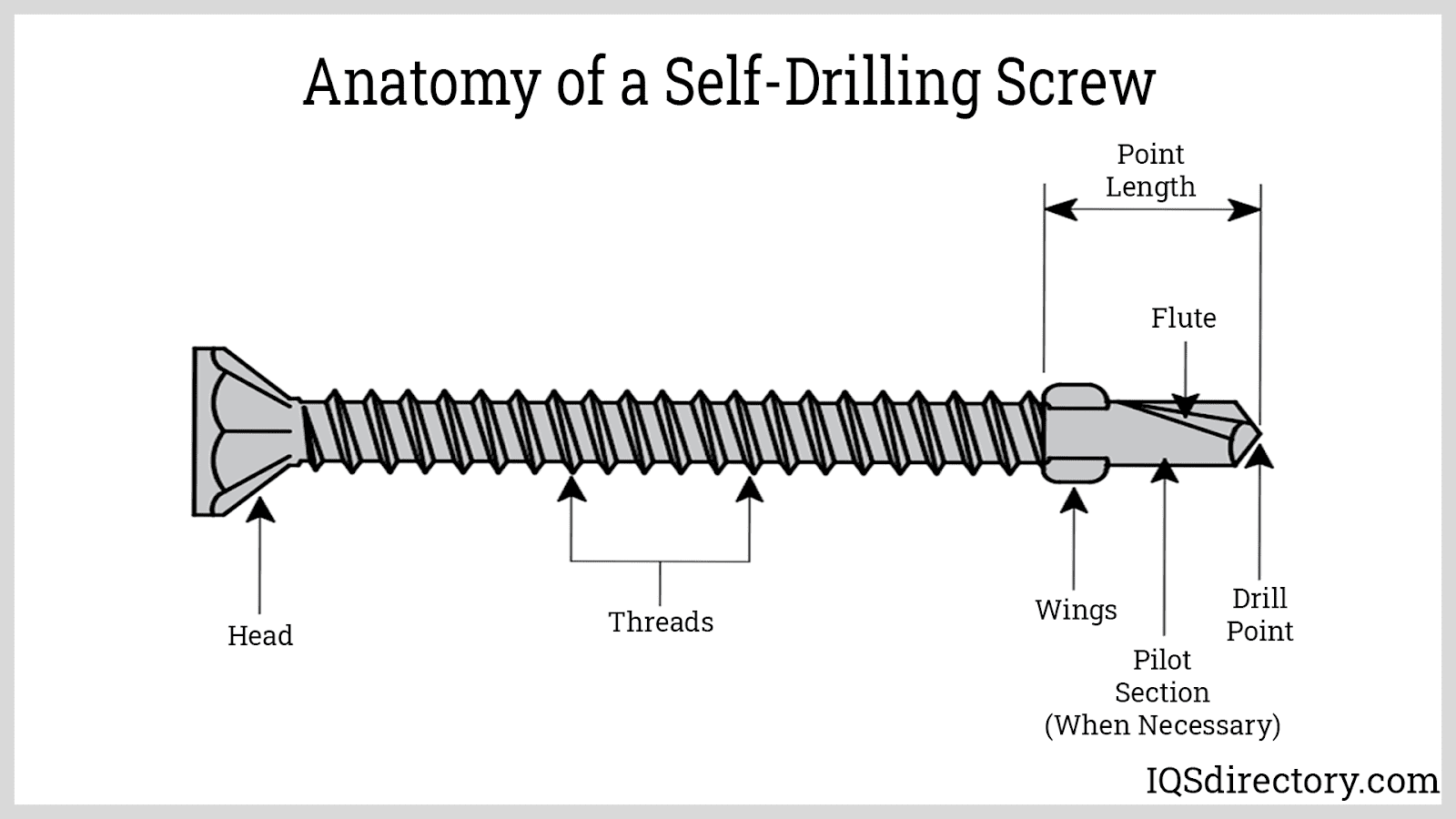
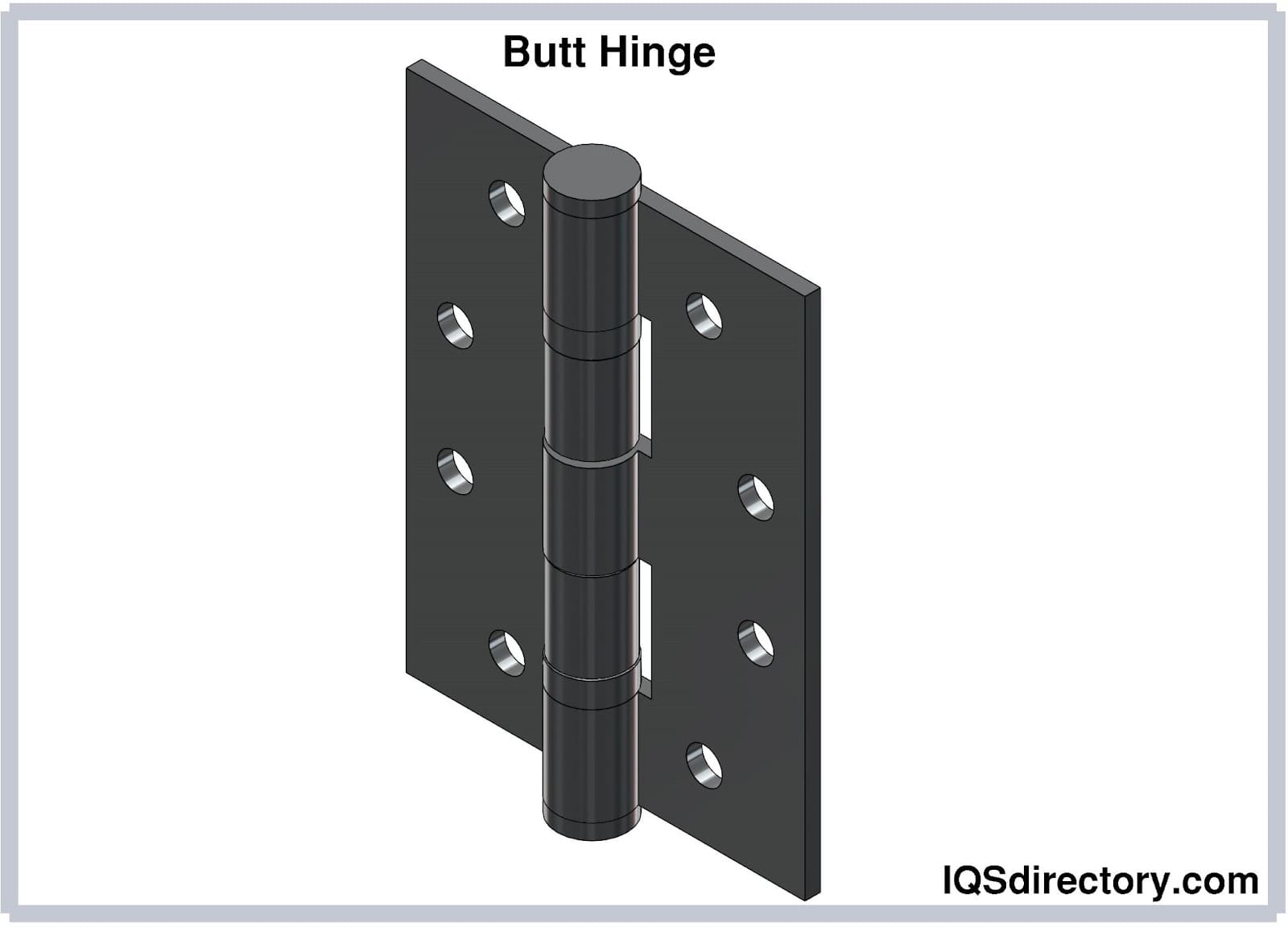
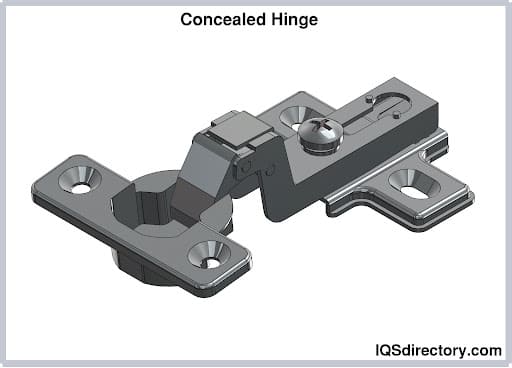
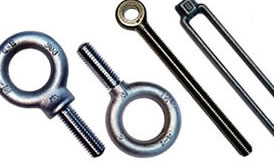 Bolts
Bolts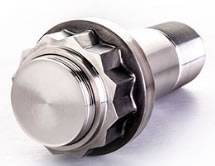 Fasteners
Fasteners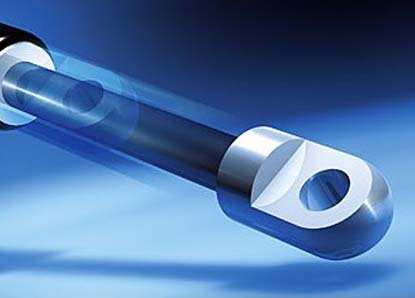 Gas Spring
Gas Spring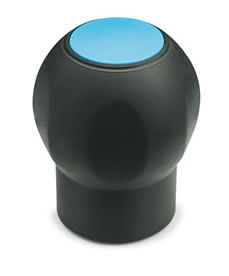 Handles
Handles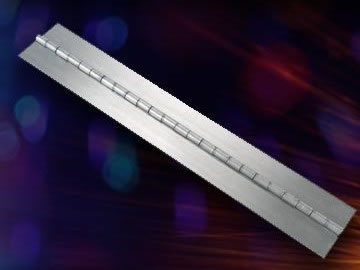 Hinges
Hinges Latches
Latches Locks
Locks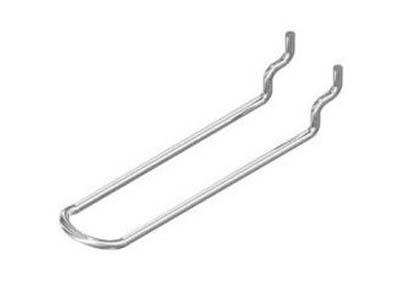 WIre Hooks
WIre Hooks Castings & Forgings
Castings & Forgings Bulk Material Handling
Bulk Material Handling Electrical & Electronic Components
Electrical & Electronic Components Flow Instrumentation
Flow Instrumentation Hardware
Hardware Material Handling Equipment
Material Handling Equipment Metal Cutting Services
Metal Cutting Services Metal Forming Services
Metal Forming Services Metal Suppliers
Metal Suppliers Motion Control Products
Motion Control Products Plant & Facility Equipment
Plant & Facility Equipment Plant & Facility Supplies
Plant & Facility Supplies Plastic Molding Processes
Plastic Molding Processes Pumps & Valves
Pumps & Valves Recycling Equipment
Recycling Equipment Rubber Products & Services
Rubber Products & Services